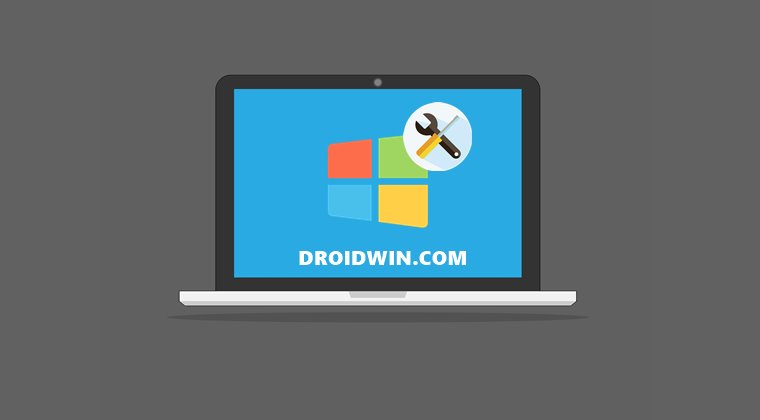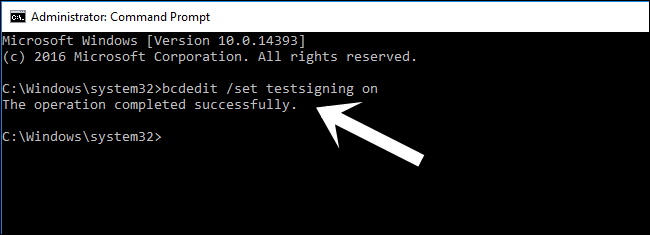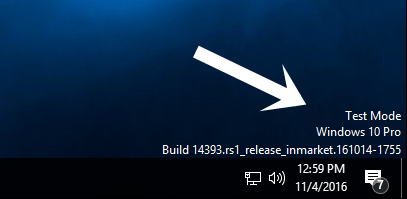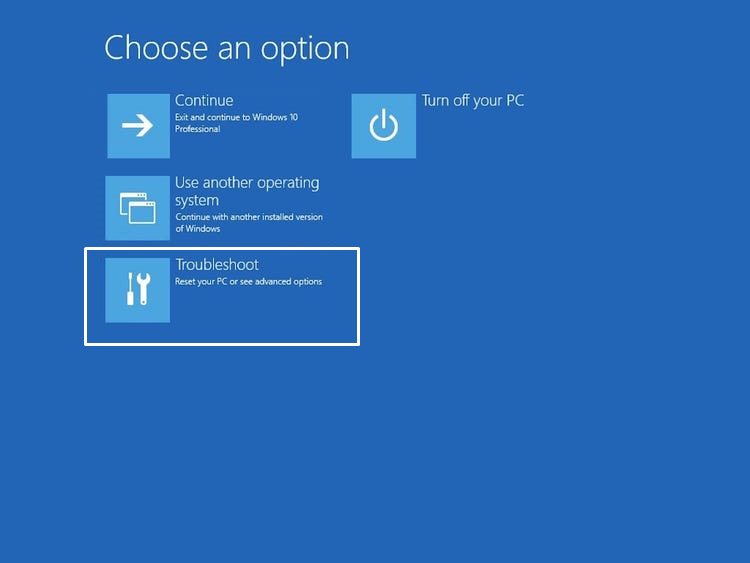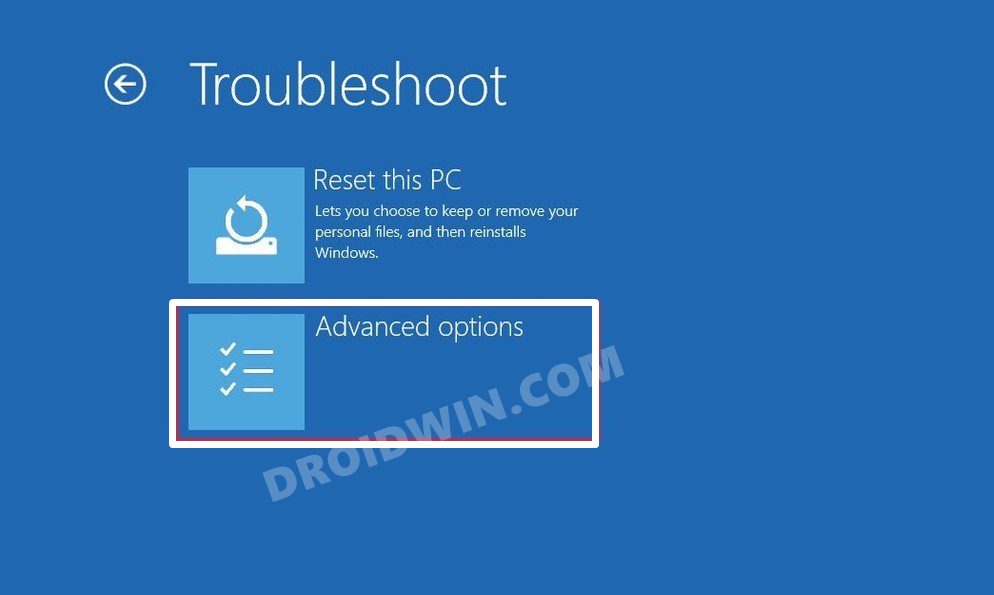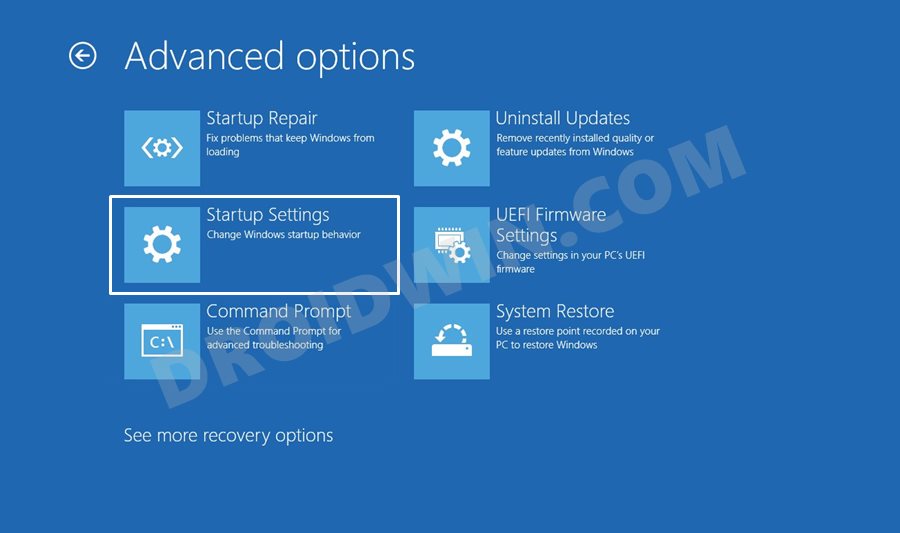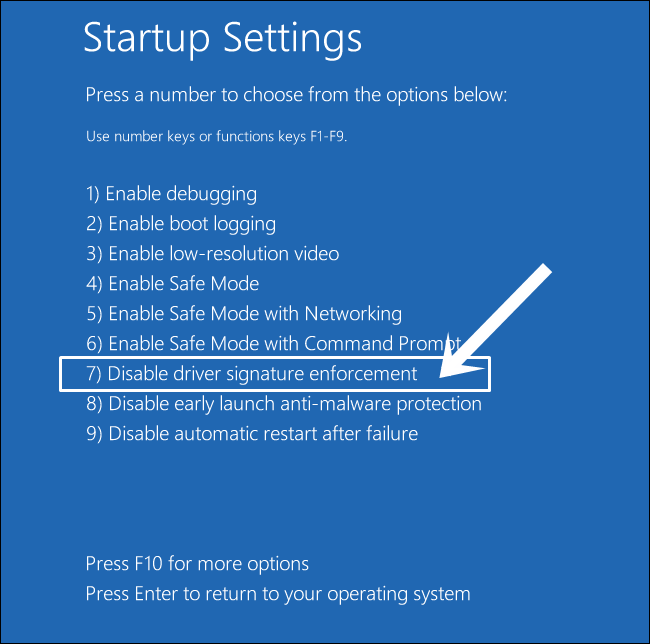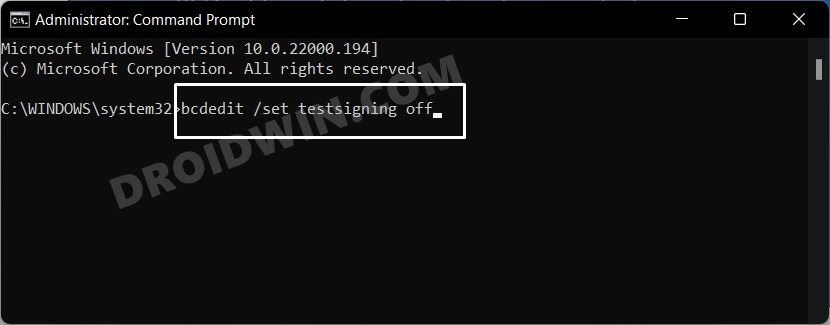Windows usually ships with the required drivers installed on your PC. However, it all gives you an option to manually install the driver of your choice. But before you proceed with the installation of the driver, the tech giants will first check if it has been digitally signed by them (aka Microsoft) or not. If that is not the case, then it would straightaway block the installation of these unsigned drivers. This entire process is carried out via its Driver Signature Verification functionality. While it is indeed quite a useful feature from a security point of view, but in some instances, a user might need to install an unsigned driver as well. But as you might have realized by now, Windows would straightaway block the installation of these drivers. Fortunately, there does exist a handy way out. You could disable the Driver Signature Verification on your Windows 10/11 PC and install any driver of your choice. Follow along for instructions.
How to Install macOS on Windows 10 and Run Mac AppsHow to Uninstall Apps on Windows 10 using Command PromptRun Linux Commands in Windows 10 [without Virtual Machine]
How to Disable Driver Signature Verification on Windows 10/11
There exist two different methods to carry out this task. We have shared both of them below, you may proceed with the one that meets your requirements. Droidwin and its members wouldn’t be held responsible in case of a thermonuclear war, your alarm doesn’t wake you up, or if anything happens to your PC and data by installing the unsigned/old drivers.
Method 1: Disable Driver Signature Verification via Test Signing Mode
Method 2: Disable Driver Signature Verification via Advanced Boot Menu
How to Re-Enable Driver Signature Verification on Windows 10/11
When you are done with the work and you wish to re-enable the Driver Verification, then just restart your PC once. Or launch the Command Prompt as an administrator and execute the below command in the CMD window:
So with this, we round off the guide on how to disable Driver Signature Verification on your Windows 10/11 PC. We have shared two different methods for the same. If you have any queries concerning the aforementioned steps, do let us know in the comments section below.
How to Take Ownership of Files and Folders in Windows 11UWP Apps in Windows 11: Location, URI, Shortcut, UninstallHow to Remove Ads in Windows 11How to Enable gpedit.msc Local Group Policy Editor in Windows 10 HomeUnlock Hardware and Devices Troubleshooter in Windows 10
About Chief Editor
